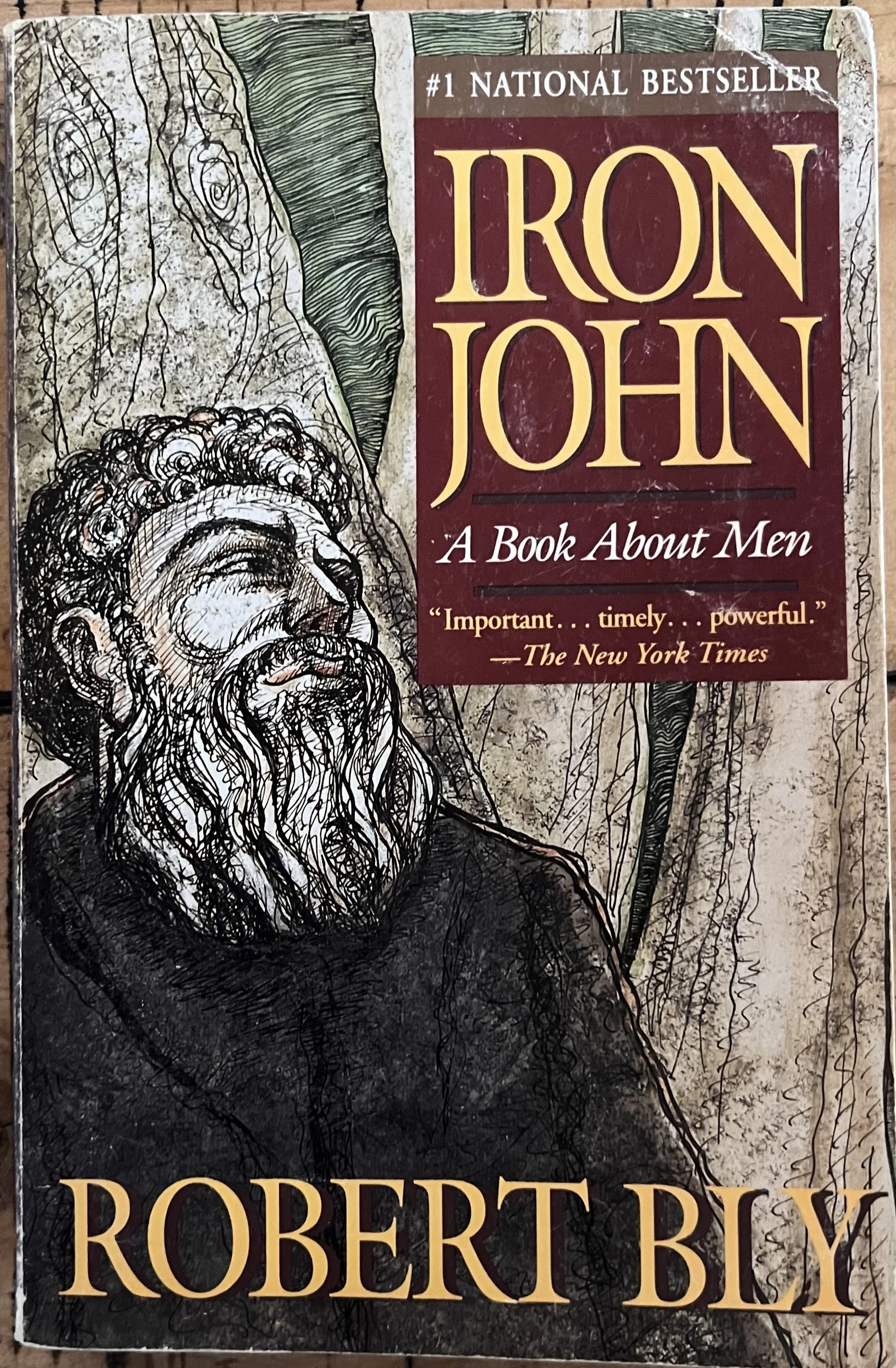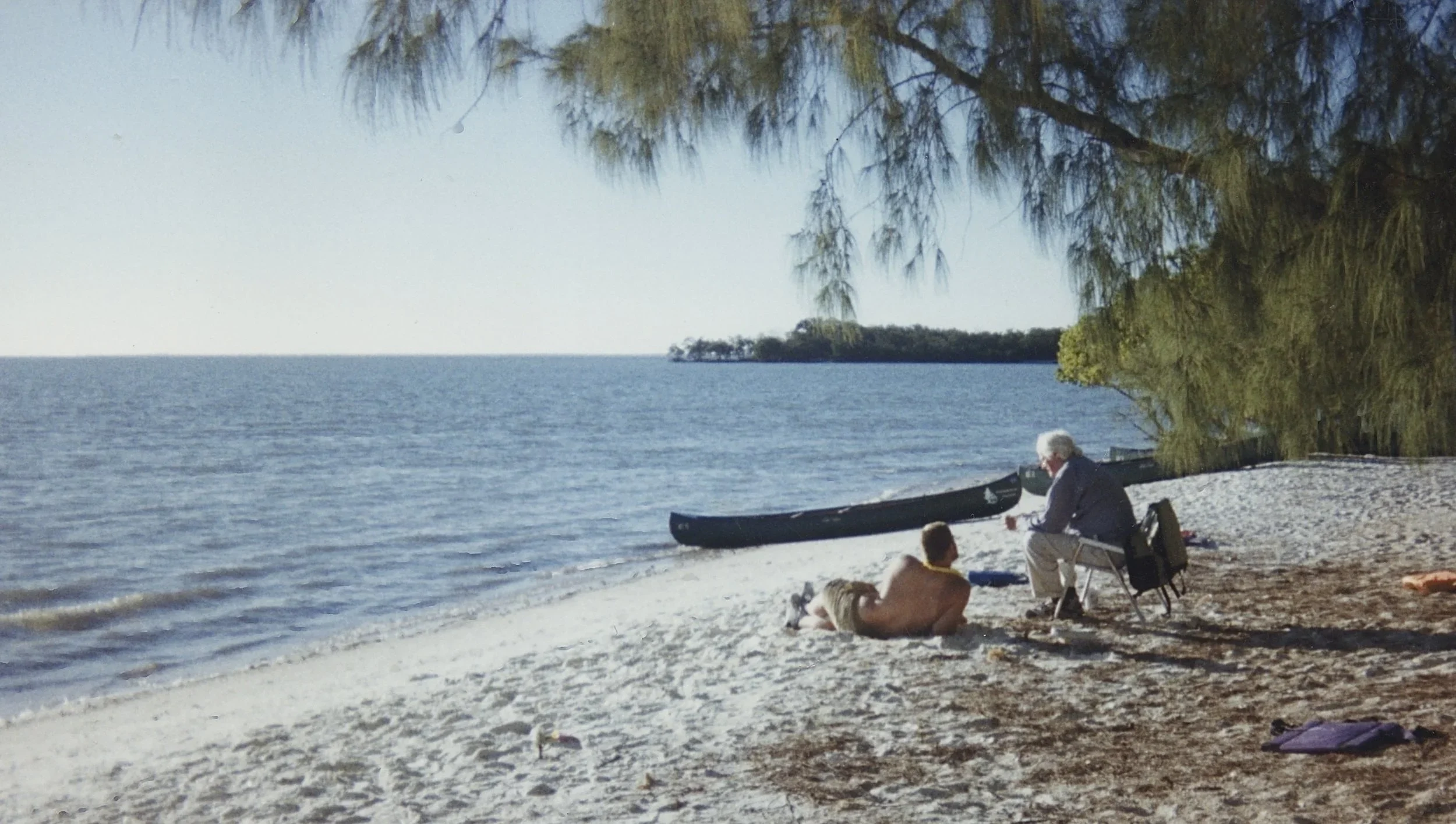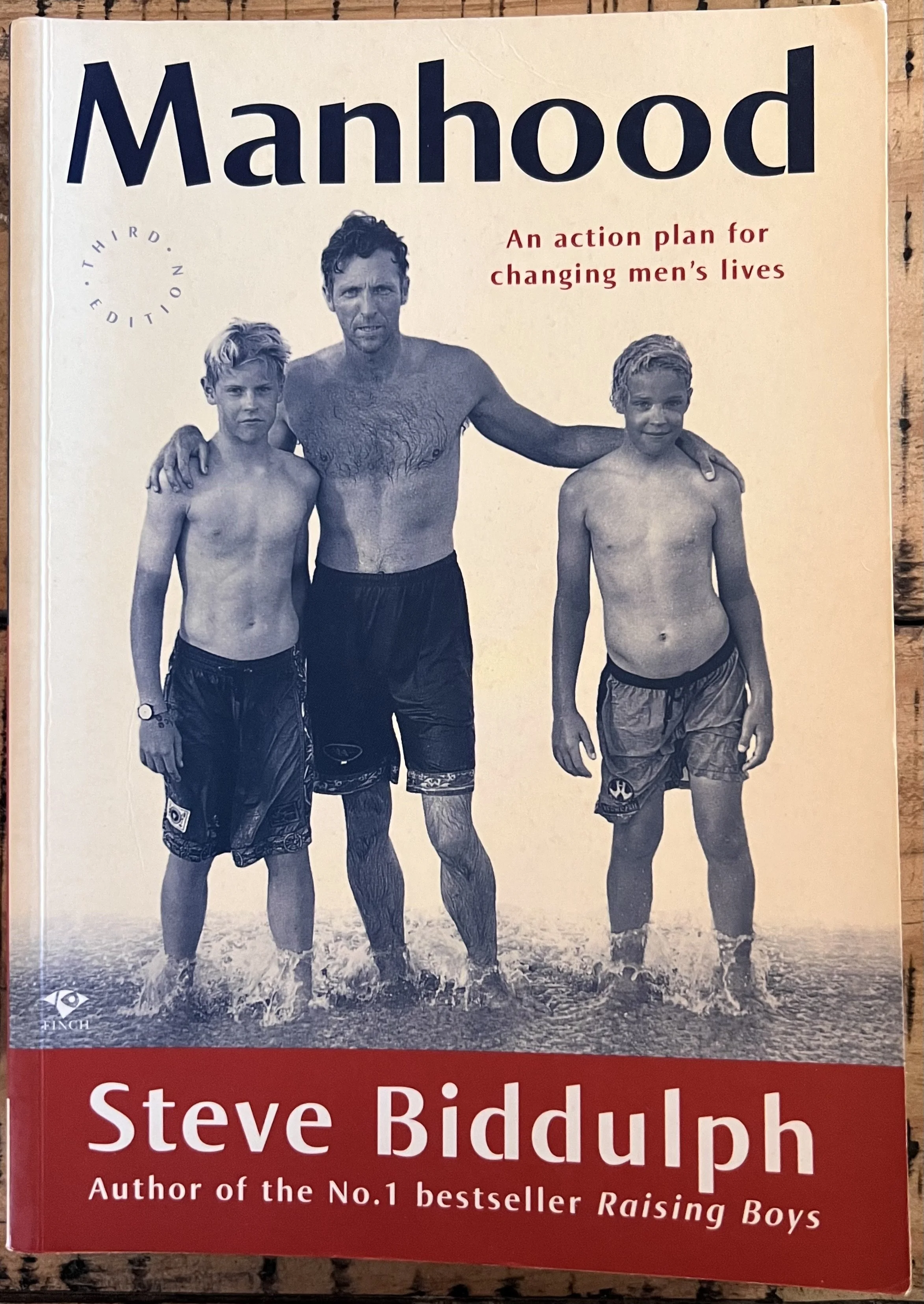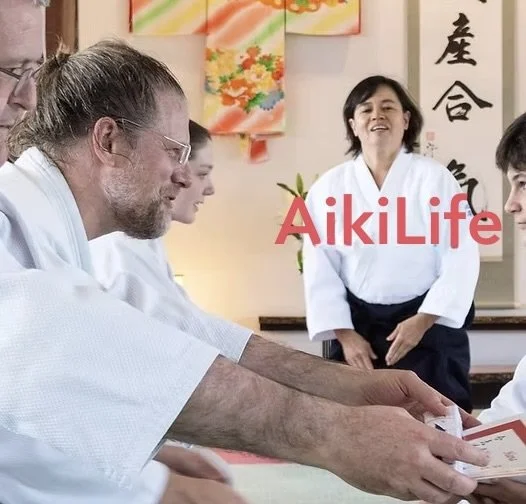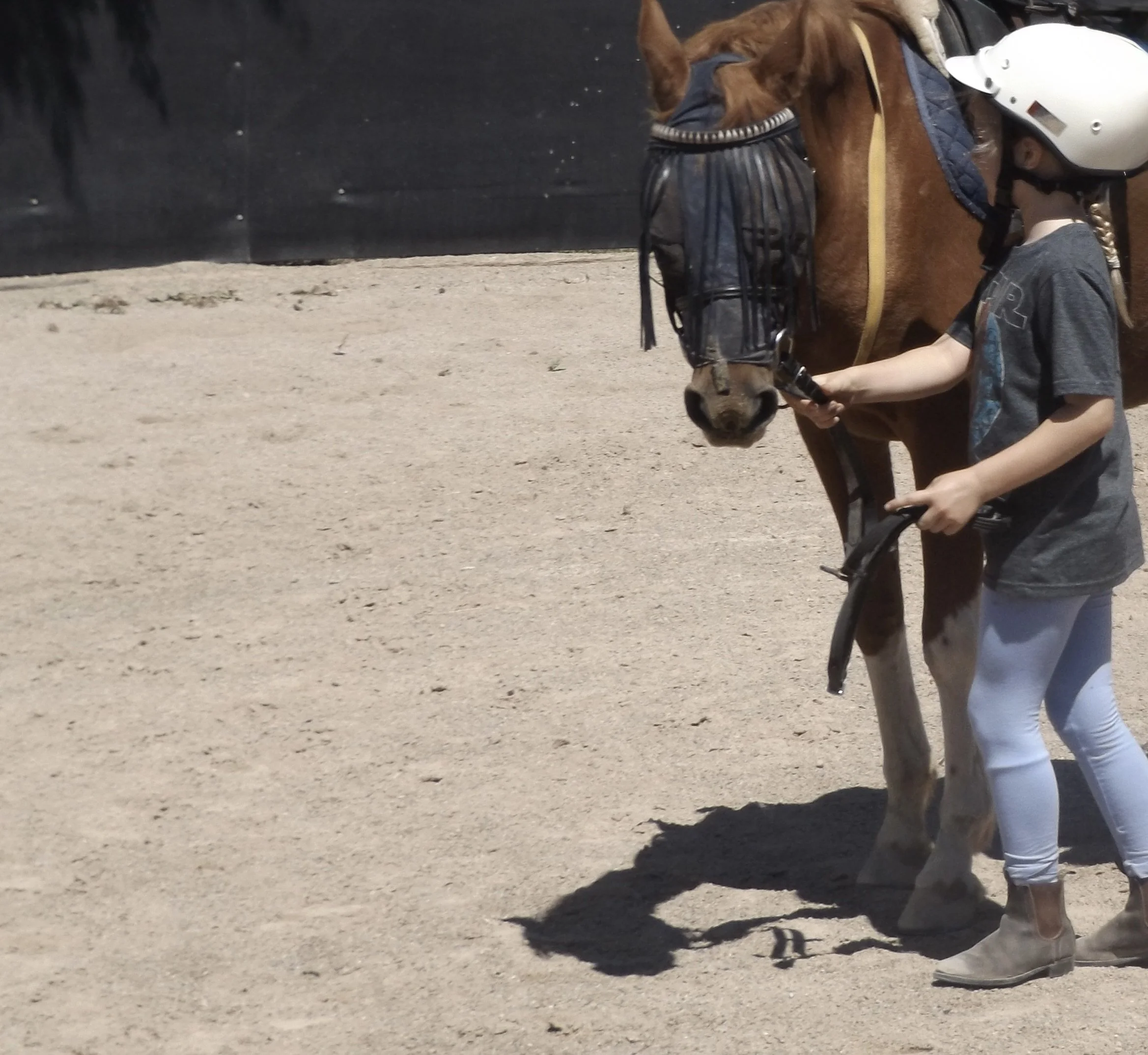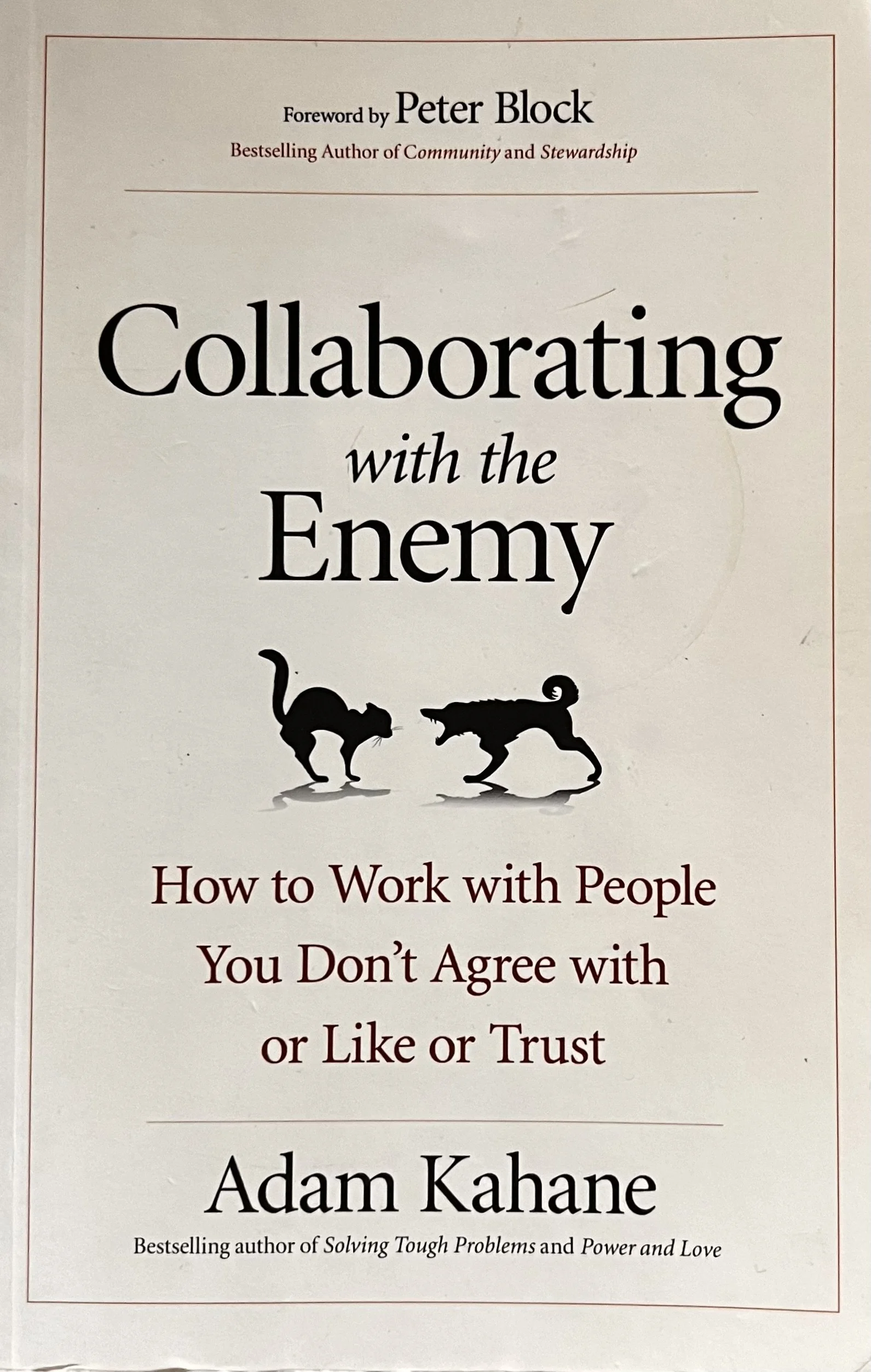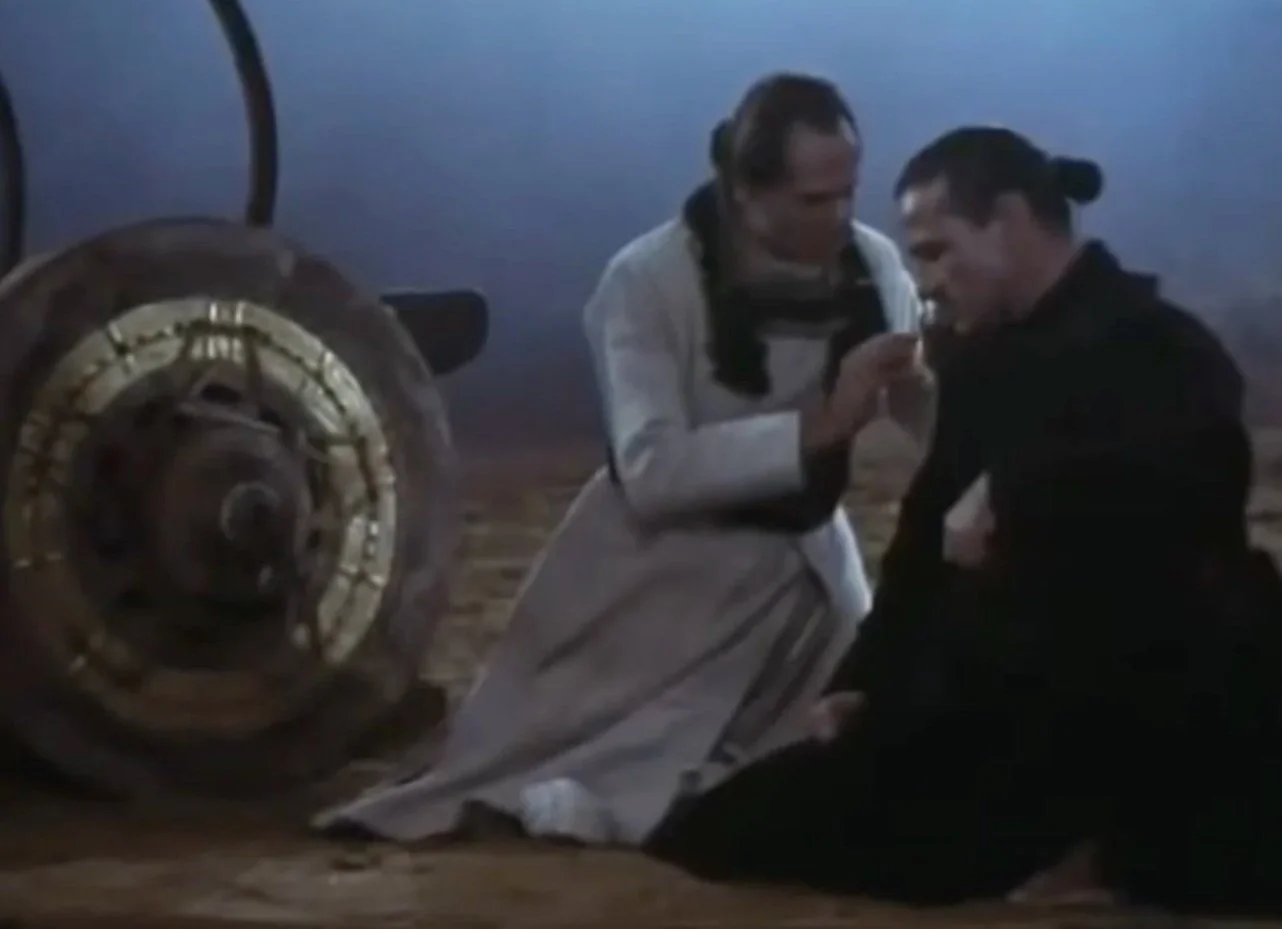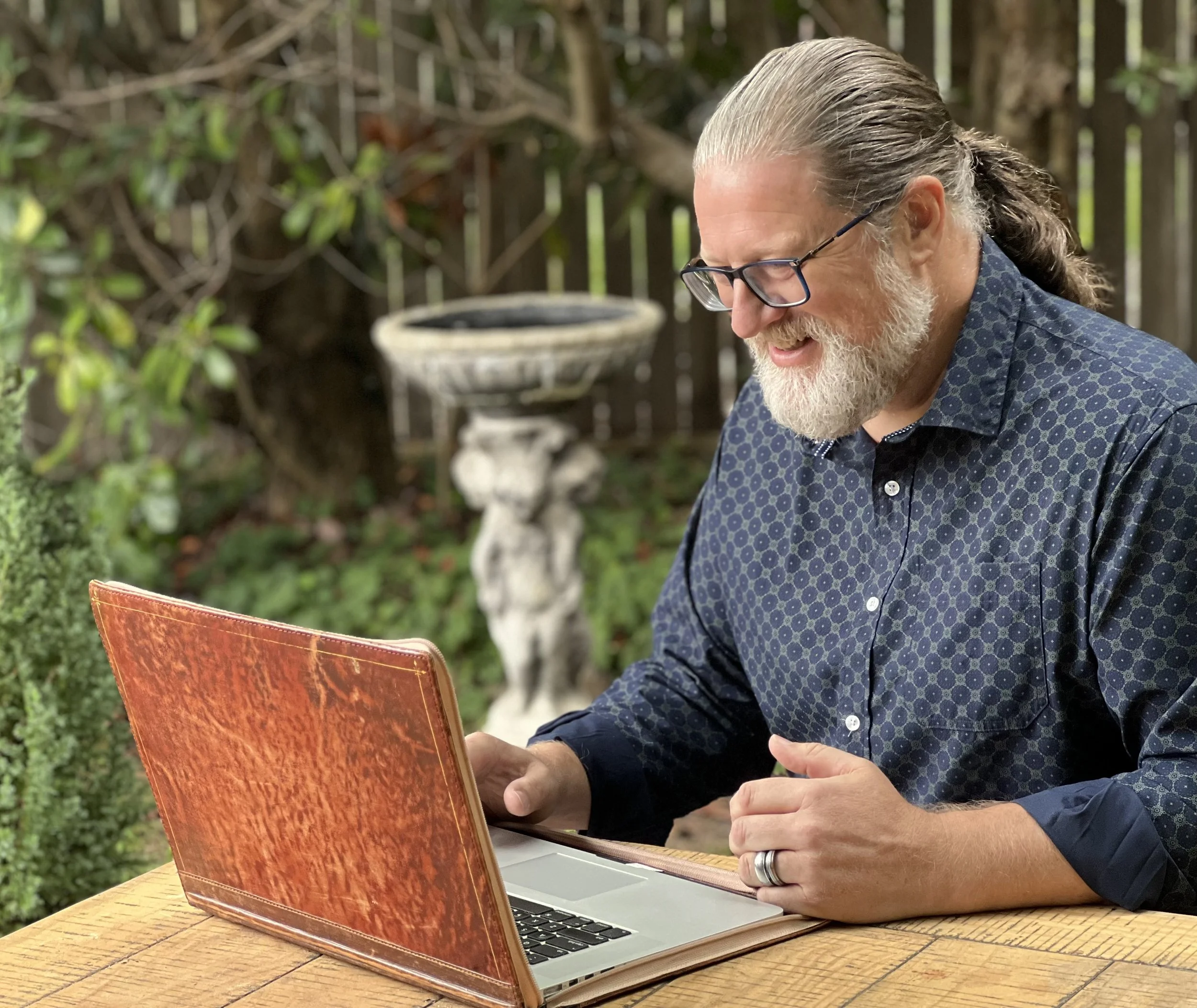Understanding Assertiveness
The wild man and the good man
American author, poet and founder of the men’s movement Robert Bly once wrote that the crisis of modern men was not their aggression, but their absence. In Iron John: a book about men, he described a generation that had lost touch with the wild, generative forces that once shaped male identity… those early, mythic energies that helped a boy become a man not through dominance, but through depth. Bly’s work wasn’t about romanticising violence; it was about recovering a sense of grounded presence. The masculine capacity to hold firm, protect, and create space for life to unfold.
Bly is one of my personal heroes. I had the extreme honour of spending a week in a canoe with him in the early 2000’s. Knowing him through his poetry and translations and compilations of poetry, I immediately sought out Iron John, a book that revealed how myth could speak directly to the modern psyche, offering not nostalgia, but renewal. Bly’s gift was to remind men that their strength, when tempered by imagination and empathy, was not something to be feared, but to be cultivated.
Where Bly reached into the forest of myth, Australian author, activist, and psychologist, Steve Biddulph, brought that same current of wisdom into the living rooms and classroom of modern life. In Manhood, he translated Bly’s archetypal truths into the practical language of parenting and everyday relationships. I met Steve years later and resonated with his conviction that kids (and primarily boys) need good men around them. Men who show that strength and gentleness can coexist. That authority and empathy are not opposites, but allies.
His advocacy influenced my own work contributing to the National Male Health policy, helping shape a national conversation about what it means to raise contributing young men in a changing world. Through that work, I came to see that young men don’t become strong by being told to ‘toughen up’ they come strong by witnessing strength in service of care.
Without examples of courage joined with compassion, many drift toward either apathy or aggression. The balance point, what I call assertive peace, is something we must teach, model, and embody.
The way of awase
These lessons deepened for me on the Aikido mat. At AikiLife Dojo, where I train each week, we often work with something called 'awase’, or the blending or harmonising of energy. Being a martial art, it is very relevant to places where conflict can arise. Places where the beginner instinct is to immediately, unconsciously, resist. To block, to push, to overpower. But Aikido teaches something subtler and infinitely more demanding. To not react through resistance, but to respond in order to meet the energy coming toward you, to align with it, and to redirect it toward resolution. In that way, Aikido is more than just a metaphor for mindfulness, it is the practice of physical mindfulness.
To help explain ‘awase’ better, I find it useful to think of leading horses. This is a metaphor for me, being a country boy, which I resonate with. What I’ve found is that ‘horse people’ are often naturally skilled at awase as they understand that leading a horse (leadership if you will) is not about control, but moreso about attunement. You can’t push a horse… it will push back. Nor can you pull a horse, it’ll resist. You have to invite a horse’s desire and gently guide it toward a shared direction. True influence isn’t force; it’s relationship.
That’s awase. When we cultivate it, conflict ceases to be a Zero-sum game. We stop trying to win and start trying to listen. This is the paradox at the heart of Aikido… that peace is not passive, but profoundly active. It requires presence, courage and discernment.
This practice echoes what Adam Kahane explores in his Collaborating with the Enemy: The art of working with those you don’t agree with, or like, or trust.’ Kahane argues that collaboration isn’t about alignment of opinion, but alignment of intention. Like Aikido, it begins when we stop fighting the energy of the other and start learning to move with it.
Both awase and Kahane’s ‘stretch collaboration’ remind us to remain open and connected, even when our habitual tendencies are to withdraw or attack. They remind us that the purpose of engagement is not to convert but to coexist - to discover, through relationship, the possibilities of transformation.
The Pause Before the Battle
I’ve been listening to those leaders whom I coach, and have been hearing some of that moral tension, the balancing of how to act to create assertive peace, and worrying that assertive equals aggressive. I find it sometimes helpful to view this through the lens of the Mahabharata, which I read as a young boy, after seeing Peter Brook’s cinematic telling of the tale. I remember the hero, Arjuna, and how when he halted his chariot between the two armies of the earth. Before him, standing the battlefield (brothers, cousins, teachers, friends) and within him, a great paralysis. ‘How can I fight those I love?’ He drops his bow and turns to Krishna for guidance.
Krishna’s response is not gentle reassurance. But a profound challenge: to remember his dharma, his sacred duty. To act not from anger or ambition, but from alignment with the deeper order of things. “Your sorrow,” Krishna tells him, “comes from confusion. Rise above it”.
That pause, Arjuna’s moment of doubt, feels painfully relevant today. We life in a time when retreat can feel noble and engagement can feel messy… can feel dangerous and aggressive. Many of us sense that being assertive in relation to what we believe, will come at personal cost. But as Krishna reminds Arjuna, to connect with the benign elements of this arising sense of duty, to not retreat from this out of fear or comfort, as that is also a form of harm.
Benign aggression (that which Eric Fromm calls clear, protective energy that arises from love, not hate) is what our time asks of us.
The bridge between intention and integrity
Across myth, movement and practice, a deeper truth threads through: Assertiveness and arrogance are two sides of the same coin, with benign aggressiveness there to support your skills at assertiveness and malignant aggressiveness which fuels the deeds of arrogance.
The danger for us isn’t that we will be assertive, it’s that we will either withdraw for fear of being aggressive, or will indulge in the fear fuelled aggression.
Questions for relfection
Where in your life are you mistaking passivity for peace?
What does benign aggression look like in your context (as a parent, leader, citizen, or friend)?
How might you practice ‘awase’… meeting conflict with courage, curiosity, and connection rather than avoidance and force? and
When your own ‘Arjuna’ arises, when doubt whispers that you’re not ready or not the right person, what would it mean to pick up your bow?
True leadership, I’ve come to believe, lives in that space between force and fear. The steady hand that guides rather than pushes, the hear that can fight without hatred, the presence that holds firm without closing. That is the spirit of assertive peace, and that is what our world quietly longs for us to remember.
If this reflection stirs something in you, a desire to lead with more steadiness, courage, and care, this is the work I support through coaching. Sometimes what we most need is a trusted space to explore the fire and the stillness within it.
You can learn more, or reach out for a conversation on my coaching page.

